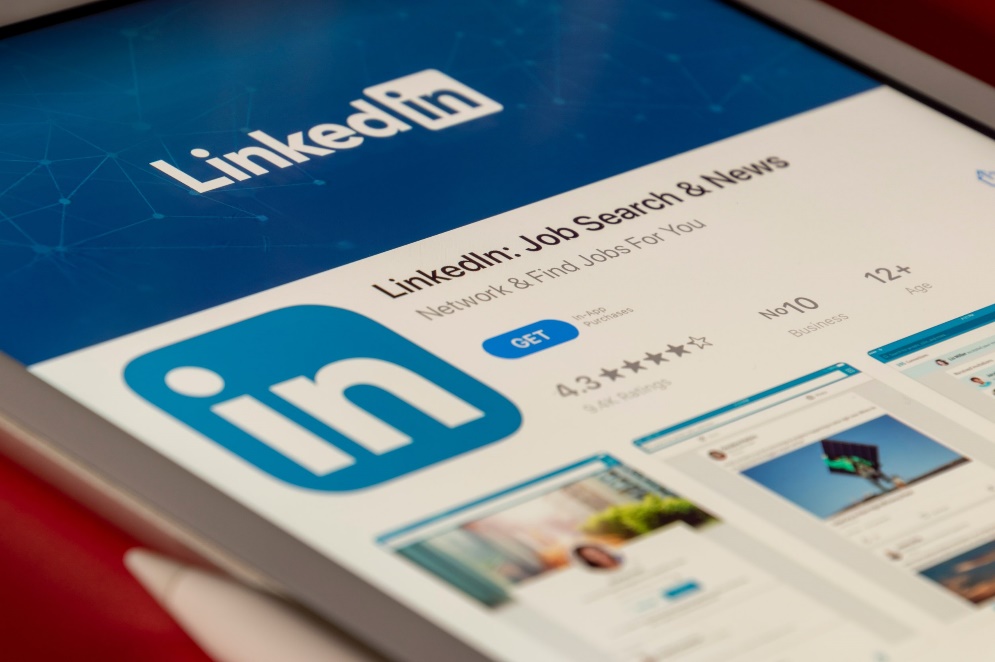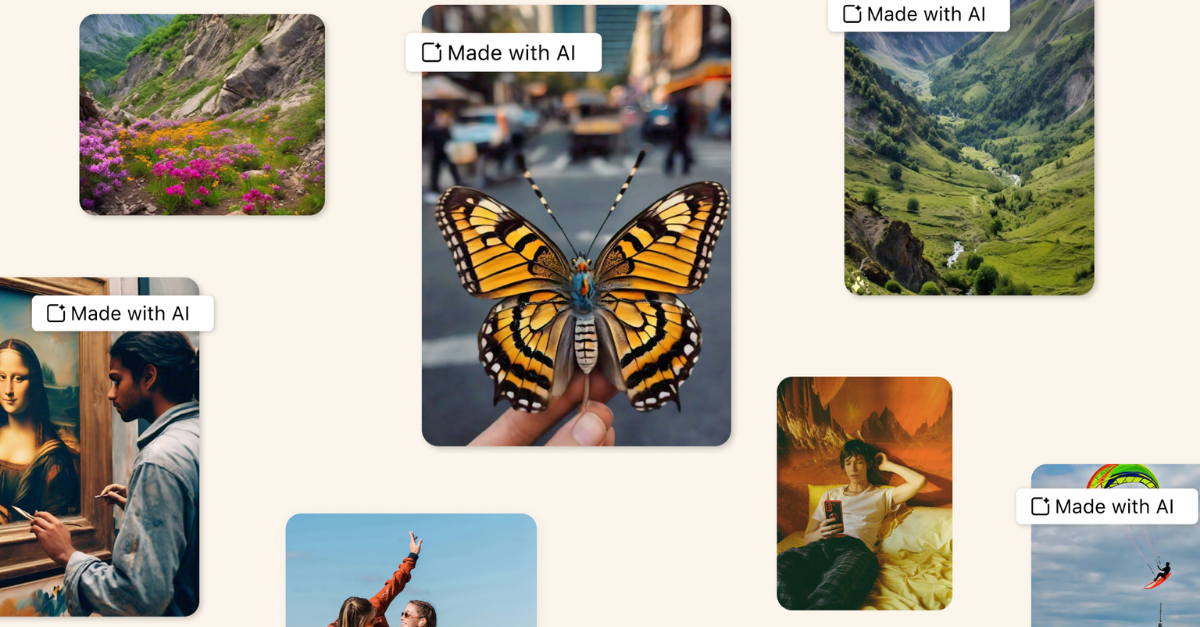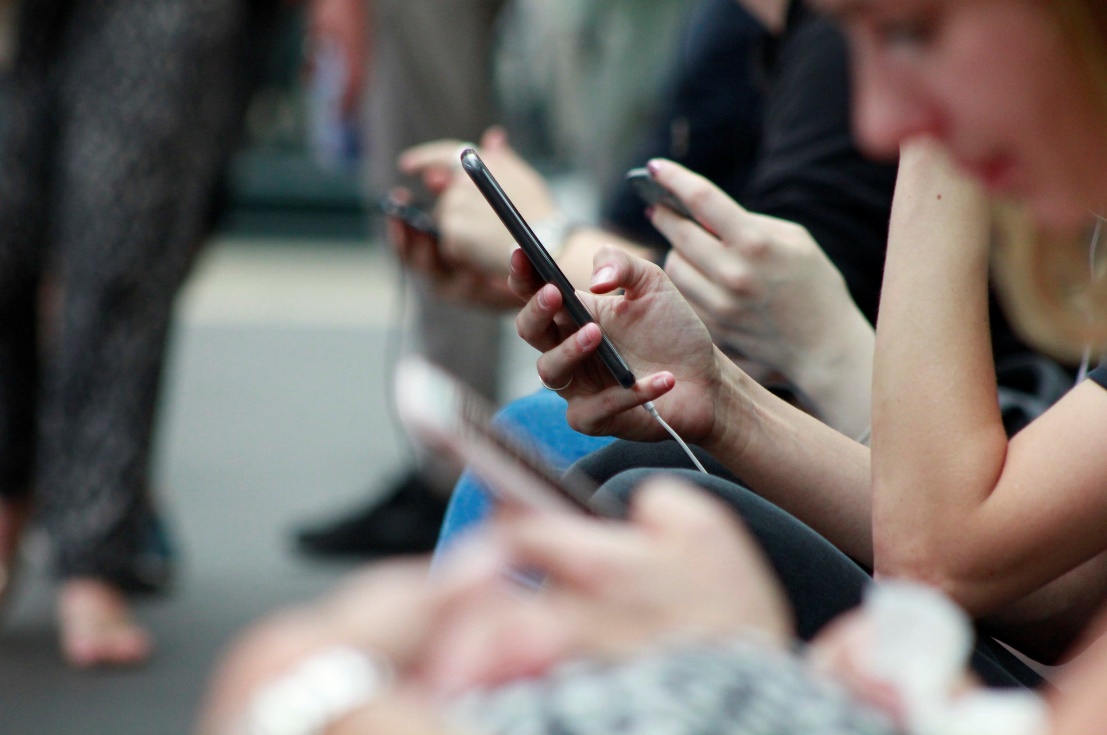Salonee Gadgil
Director, Head of Digital
Read more


Three very important things happened to the internet in the year 2003, exactly 20 years ago.
Skype was launched, introducing us to the wonderful world of internet-based video conferences. WordPress was launched, giving rise to the phenomenon of bloggers, the pre-cursor to the influencer. And LinkedIn was launched, bringing the world of performative online social media networking into a professional setting.
This Holy tech-trinity would go on to change the way we work. To take stock of where we are today; the average office worker spends about 21.5 hours per week in online meetings, 810 million websites are built using WordPress and LinkedIn has 930 million members.

Skype, WordPress, and LinkedIn were a part of the rising Web 2.0 tide, which on the surface put power into the hands of the people, giving Joe Bloggs the ability to ‘influence’ the world with his own content.
For a while Joe really enjoyed having that “power”; he could start a blog about his niche interest in carnivorous plants, connect with other appreciators of the Venus Flytrap, and attend talks by Flytrap experts based in South Carolina from the comfort of his own home in Hackney. Increasingly though, Joe Bloggs would become aware that his well-crafted LinkedIn post announcing his new role at the Royal Horticulture Society was at the mercy of the algorithm, which was at the mercy of a big tech company which controlled who, when, how and how many times his network saw his post. Joe and the rest of us were rudely shaken out of our Web 2.0 dream of digital democracy.
Late last year, LinkedIn raised a few eyebrows when it became public that the company had been running a five-year long experiment on 20 million of its users. The study was an A/B test on LinkedIn’s ‘People you may know’ feature, where half the subjects were recommended strong connections i.e., people who they had a lot of mutual connections with. While the others were recommended to connect with those further outside of their existing network. LinkedIn wanted to understand the impact of the ‘People you may know’ feature on users’ ability to find jobs on LinkedIn. As an aside, the study found that the likelihood of you finding work via LinkedIn is greater if you connect with people who you don’t have as many mutual connections with.
When the findings of the study were released, there was outrage at the ethical implication of “experimenting” on people’s ability to find work. Arguably half the people in the A/B test were by inclusion in the experiment, less likely to find work than the others. But here’s the thing, LinkedIn and a vast majority of the internet is built on proprietary algorithms which are constantly being tested and tweaked based on our use of them. We just don’t think of this constant data gathering and feedback loop as an “experiment”; but it’s something we sign up for in the small print.
Just because LinkedIn is a professional network, which is designed to help users navigate job hunts and build a career does not make it any more or less virtuous to every other digital product that keeps us hooked to a screen, commodifies our content and monetises our data.
The outrage at LinkedIn’s experiment came from the realisation that an algorithm change could impact one’s livelihood. Meanwhile Meta and Twitter have been playing with outrage, addiction, and all manner of base human instinct. This hasn’t gone unnoticed and we’ve started having increasingly nuanced discussions about the potentially harmful impact of social media algorithms and the messiness that comes with unregulated tech development.
For a long time, LinkedIn felt like a clean, professional space. Where you could leave behind the messiness of your real life, stepping over the screaming kids and piles of laundry, into an ironed suit and the polished world of work. But then we started noticing the rise of the LinkedIn influencer – savvy users who have figured out clever ways to write posts which inspire reactions and arguments in the comments.
The growth of LinkedIn and associated work-enabling technologies over the last twenty years have taken us slowly towards a world where it’s harder and harder to separate the screaming kids from the boardroom. Remember the kid who walked into her dad’s BBC interview during the pandemic? Skype made that universally joy-inducing moment possible.
A host of challenges and opportunities have come with this merging of worlds; we’re discovering more of each as we go along, all semi-aware yet unable to escape from the experiment. Question is, do you really want to? Or is the thrill of the ‘like’ all worth it?
But before you answer that question, go share my article on LinkedIn.

Discover the challenges Meta faces in accurately labelling AI-generated content. Learn about the rise of public scepticism, the role...
Read more
Artificial Intelligence (AI) has emerged as a prominent topic of discussion in various spheres, including board rooms, government departments,...
Read more
With AI chat platforms and AI art generators such as HotPot at our fingertips, the vocabulary of Artificial Intelligence...
Read more
It’s a tough time to be a journalist in the traditional media. According to the Reuters Digital News Report,...
Read more